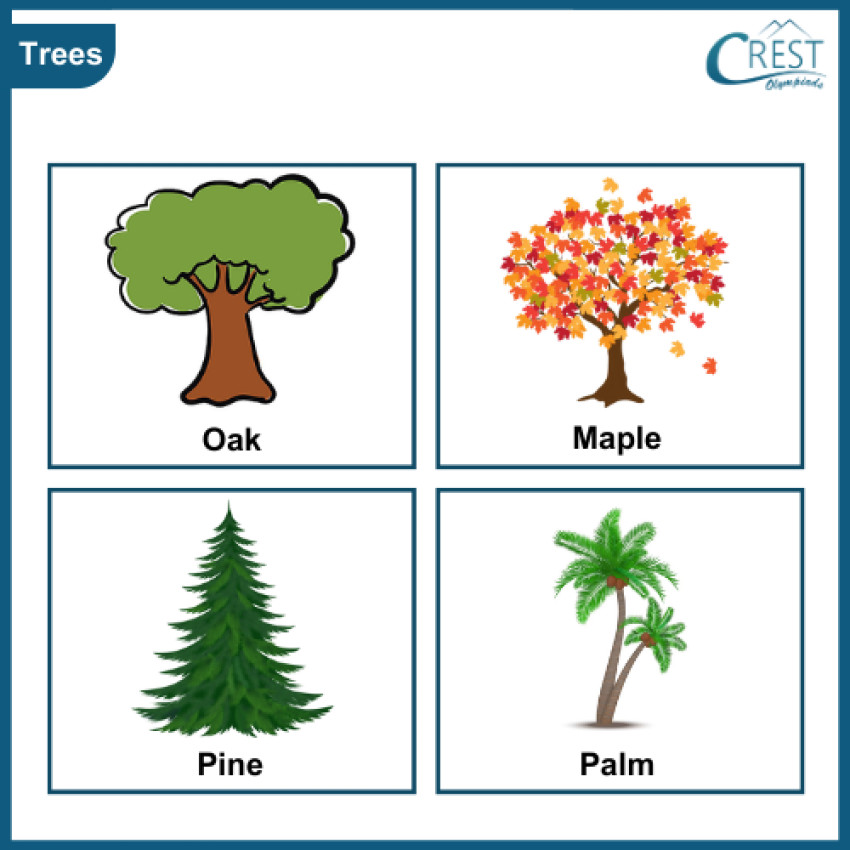
Introduction
Plants are incredible living beings that come in various shapes, sizes, and colors. They play a vital role in our environment by providing us with oxygen, food, and even materials for clothing and shelter. To make sense of this vast diversity, scientists classify plants into different groups based on their characteristics. Let's embark on a journey to explore the captivating topic of plant classification, specially designed for Class 2 students.
Understanding Plant Classification
Plant classification is like sorting plants into different categories based on their unique features. It's a way for scientists to organize and study the vast variety of plants that exist. Just as we sort things in our everyday life – like arranging toys by size or books by genre – scientists categorize plants to better understand their similarities and differences. This special science is called "taxonomy."
Different Groups of Plants
Plants are grouped into various categories according to their shared traits. Here are some of the main groups of plants:
Flowering Plants (Angiosperms): These plants produce flowers, which are not only lovely to look at but also play a vital role in making seeds. Common examples of flowering plants include roses, sunflowers, and tulips.
Non-flowering Plants (Gymnosperms): Unlike flowering plants, these do not produce flowers. Instead, they create cones that hold their seeds. Pine trees and cedars are examples of gymnosperms.
Ferns: Ferns are unique because they don't make seeds like flowering plants. Instead, they make tiny cells called spores that grow into new ferns. You might find ferns in places that are damp and shady.
Mosses: Mosses are small and simple plants that also grow from spores. They can even be found on rocks and tree trunks. Mosses love moist areas.
Algae: Algae are simple aquatic plants that come in various sizes – from tiny single cells to large seaweeds. They're crucial for making oxygen and are a primary source of food for many water animals.
Why Plant Classification Matters
Imagine you have a collection of different toys, and you want to find a specific toy quickly. If your toys are organized into groups like cars, dolls, and building blocks, you can easily find what you're looking for. Plant classification works in a similar way. It helps scientists organize plants, study them better, and understand how they relate to each other. By knowing which plants are closely related, scientists can learn about their history and even predict their behavior.
Conclusion
Plant classification is like a giant puzzle where scientists fit different pieces of plant characteristics together to understand the big picture. Exploring the world of plant groups, including flowering plants, gymnosperms, ferns, mosses, and algae, can be an exciting adventure for Class 2 students. Each plant group has its own story to tell, and by learning about them, we gain a deeper appreciation for the wonders of nature. So, next time you see a flower or a tree, remember that it belongs to a special group of plants, all contributing to the incredible tapestry of life on Earth.


